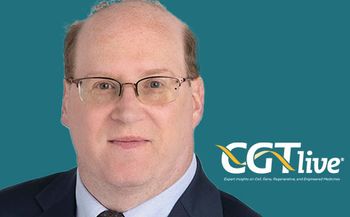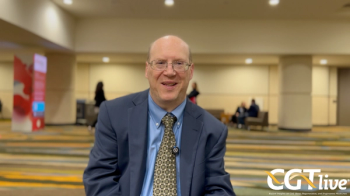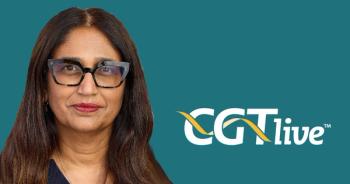
Panel of Experts Discuss Gene Therapy Gaps in Hemophilia
Marijke van den Berg, MD, PhD, Alok Srivastava, MD, and Glenn Pierce, MD, PhD discuss gene therapy in hemophilia.
At the 10th World Federation of Hemophilia Global Forum held in Montreal on November 7, 2017, 3 experts—Marijke van den Berg, MD, PhD, Alok Srivastava, MD, and Glenn Pierce, MD, PhD—on gene therapy in hemophilia presented on the session, “Unmet needs and unfinished business in gene therapy,” which was chaired by David Lillicrap, MD.
Session highlights included the experts discussing certainties and uncertainties in the process of a cure, judgment calls regarding gene therapy efficacy in trials, and gene therapy in the developing world.
Regarding the certainties and uncertainties in the process of a cure, Glenn Pierce, MD, PhD, encapsulated gene therapy as the long-term solution for hemophilia while also touching on the efficacy, safety, and success for the intricate technique. Dr Pierce also discussed the lag in good manufacturing practices and the necessary work needed before products can be commercialized, despite therapeutic levels of factor VIII (FVIII) and factor IX (FIX) being achieved in early-stage clinical trials.
In addition, Dr Pierce emphasized the prominence of in-depth research in order to confront “known knowns” (vector integration into the liver and acute subclinical liver toxicity) and to confront “known unknowns” (long-term efficacy, safety, and the consequences of integration). To close his portion of the presentation, Dr Pierce reiterated the importance of gene therapy research not stopping with clinical trials commencements.
Regarding judgment calls regarding gene therapy efficacy in trials, Marijke van den Berg, MD, PhD, reinforced the notion that gene therapy is not far in the distance. He even went so far as to predict cures for hemophilia A and B in the near future, basing his predictions on the most ideal outcomes for gene therapy trials.
While the impact on the annual bleeding rate for patients with hemophilia is contingent on joint status at the start of gene therapy, sustainable FVIII and FIX levels (>10%) have been obtained. Additionally, primary outcomes should mirror clotting factor activity measured as sustainable levels (>5%) of FVIII and FIX, and annual bleeding rate, factor usage, and health-related quality of life are important secondary outcomes.
In regard to gene therapy in the developing world, Alok Srivastava, MD, focused on major examples of hematopoietic stem cell transplantation for thalassemia to relay a cost-compatible gene therapy solution for hemophilia patients who live in developing countries.
Dr Srivastava also touched on the ongoing adeno-associated virus (AAV)-based gene therapy trial in India that has collaborations in the United States with a focus on strategies used to enhance factor protein expression. General collaborations with regulatory viewers and patient groups were also stressed since they can help promote awareness and share information pertaining to gene therapy.
Dr Srivastava closed with claiming that while gene therapy for hemophilia could be a mere few years away, there is always room for improvement. Using lentivirus vector gene therapy in an effort to jump hurdles associated with AAV technology was cited as just one example.
For more news from the rare disease community, subscribe to Rare Disease Report®’s
Newsletter
Stay at the forefront of cutting-edge science with CGT—your direct line to expert insights, breakthrough data, and real-time coverage of the latest advancements in cell and gene therapy.

















































